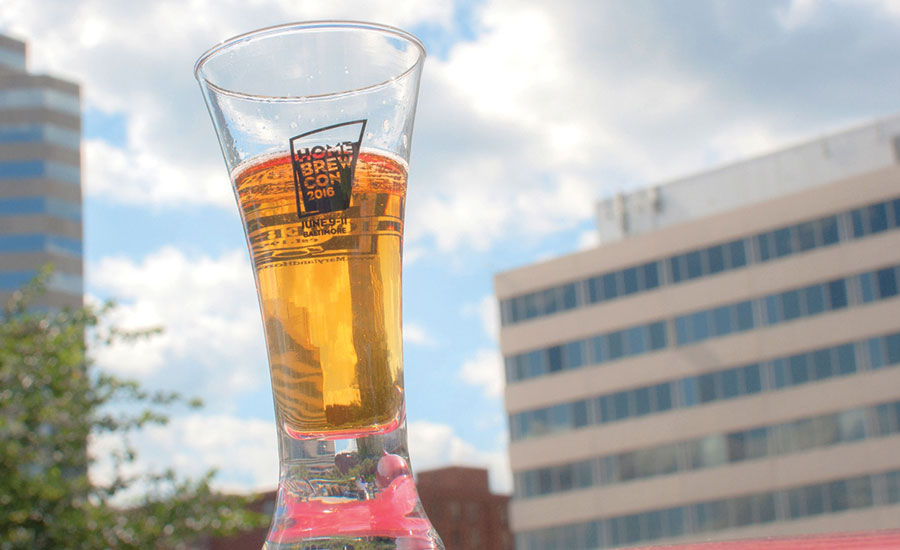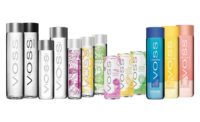Homebrewers take hobby to next level
New devices increase accessibility of homebrewing

Since homebrewing became federally legal in 1979, the number of people brewing beer at home has climbed to more than 1.2 million in the United States alone, according to the Boulder, Colo.-based American Homebrewers Association (AHA). People experimenting with beer recipes directly led to another phenomenon — the launch of more than 5,000 small, independent breweries throughout the country.
“Homebrewing … really took off after 2005,” AHA Director Gary Glass says. “In the early days, homebrewers were motivated by the lack of choice in commercially available beers. For homebrewers who have gotten into the hobby more recently, the opportunity to create unique beers that suit their personal tastes has become the primary reason for brewing.
“Many of today’s homebrewers enjoy the hobby as a means of artistic expression,” he continues. “They are making beers that no one else has ever made, and unlike many other art forms, homebrew is easily shared with friends and family.”
The rise in the variety and quality of ingredients available to homebrewers during the past 15 years also has contributed to the homebrewing craze, Glass says. Of the roughly one in 200 homebrewing adults in the United States, men comprise the majority, but “women are now embracing the hobby to a much greater extent,” he adds.
“The growth of craft brewing in the U.S. has exposed more Americans to flavorful beer, which is the first step in the path toward becoming homebrewers,” Glass says. “… Combine those factors with the vast amount of information on homebrewing now readily available via the Internet and you get new brewers making great beer right from the start.
“… In addition to embracing some new styles, such as New England India Pale Ale (IPA) and American sour beers, homebrewers also are integrating their recipes with fruit and spices, coffee, and chocolate,” he continues. “Wood aging beers has become quite popular and adds another level of complexity to the beer.”
Getting started in homebrewing is easier than most people think, Glass says. “Making beer with basic malt extract homebrew ingredient kits is akin to making soup from concentrate on the stovetop, only better, since the result is flavorful beer,” he explains. “I expect we will continue to see homebrewers push the envelope of beer flavor, inventing new styles that will become the next big thing in craft brewing.” BI
Looking for a reprint of this article?
From high-res PDFs to custom plaques, order your copy today!






